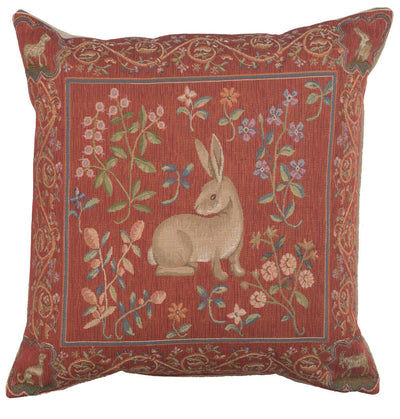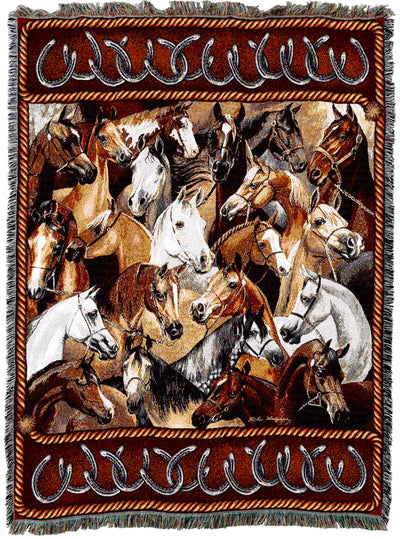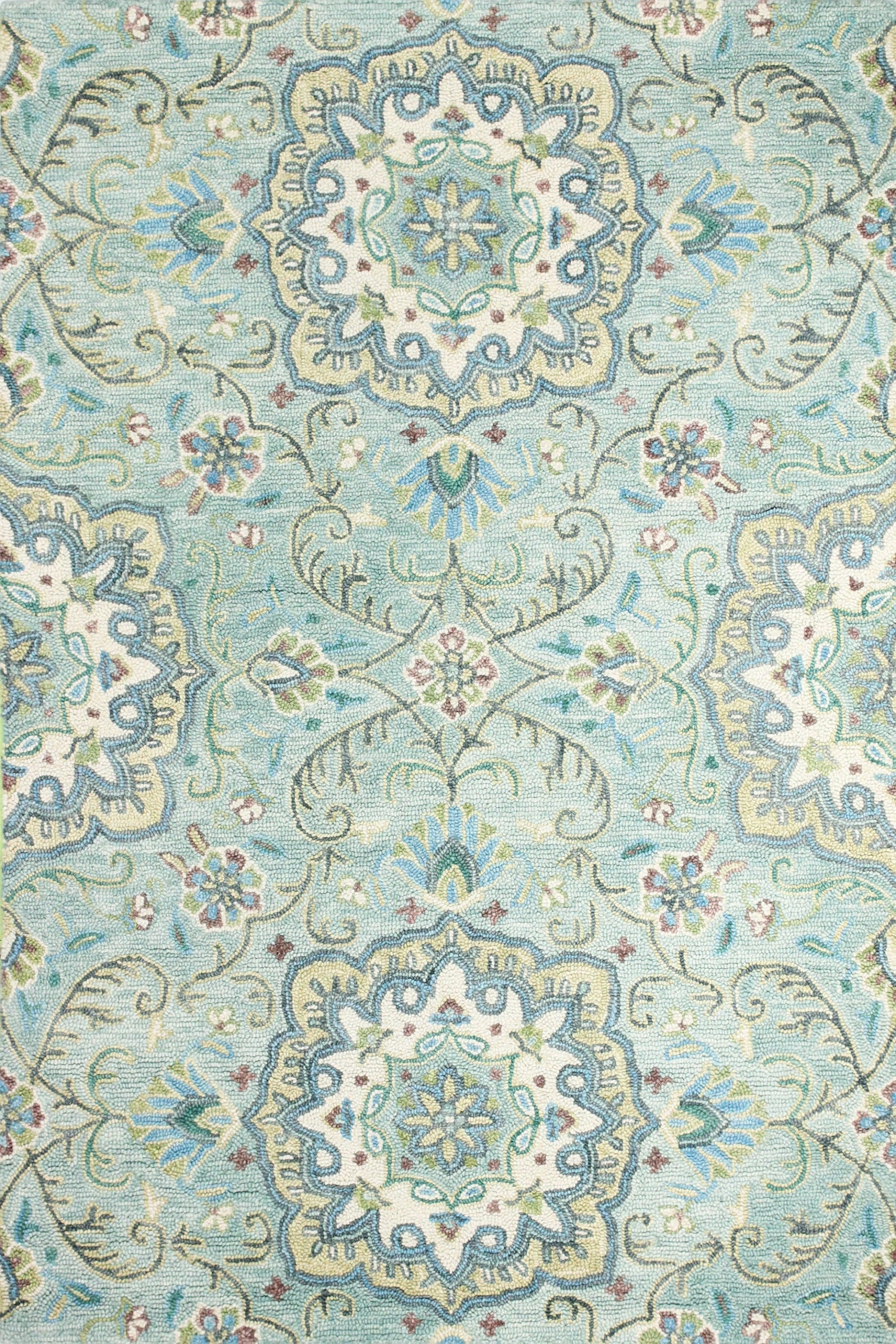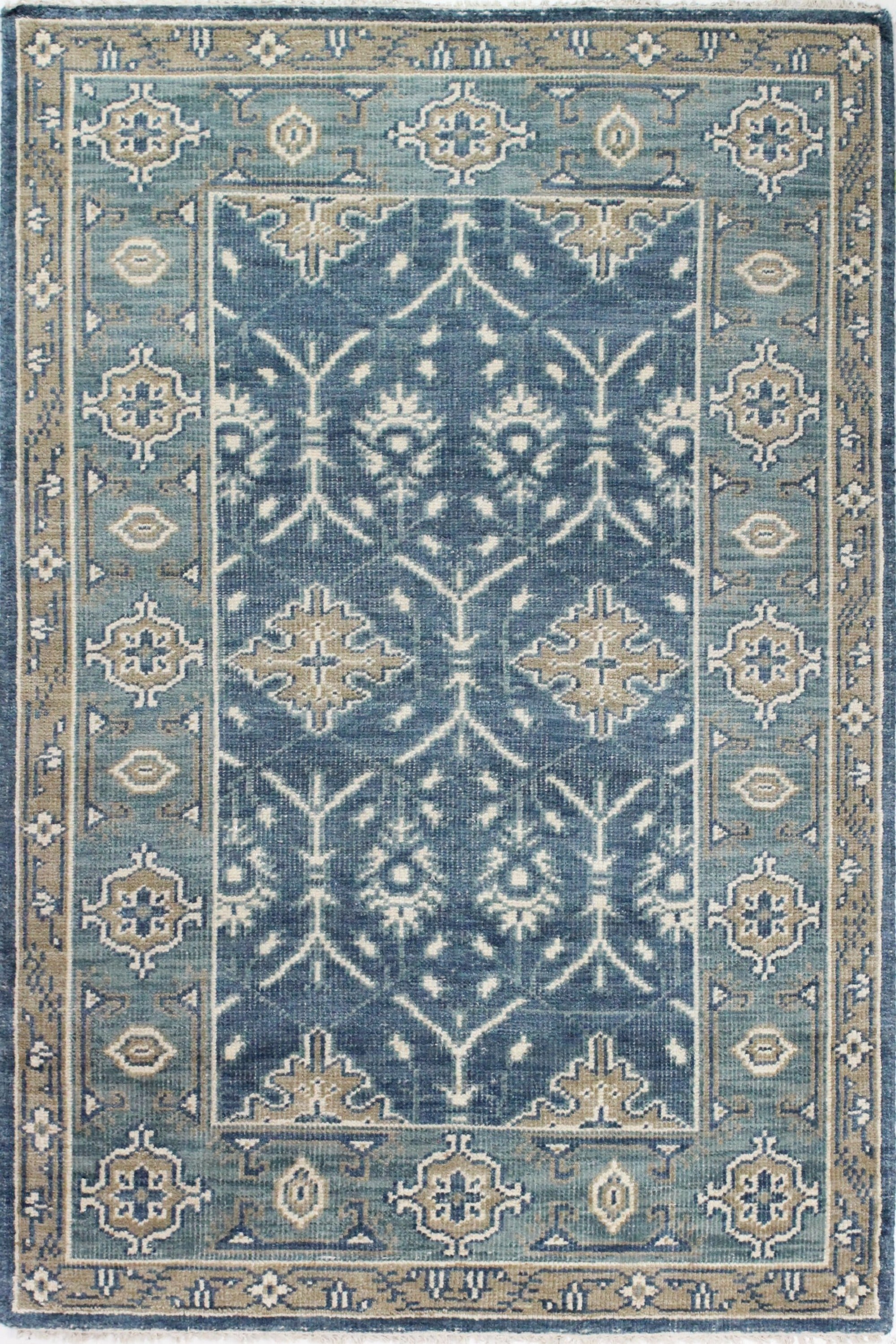Choosing The Perfect Woven Throw Rug For Your Home
Shopping for a woven throw rug might seem simple and exciting at first. But once you start exploring rows of rugs in stores or endlessly scrolling online, the process can become difficult. Why? Many rugs may look similar on the surface, yet they vary widely in terms of performance, durability, and overall fit for your home.
That’s why it’s important to pause before plunging into colors, patterns, or trends. The smarter strategy is to start with a clear goal. Do you need a rug to soften a hard floor? Define a seating area? Add warmth, texture, or balance to a space? When you understand the purpose behind the rug, your search becomes more focused and far less frustrating.
But purpose is only the beginning. To make a well-informed choice, there are several other key factors. So, what should you really pay attention to before buying a woven throw rug? Let’s break down those key points in this blog in detail!
Factors To Consider Before Buying A Woven Throw Rug
Rug Material And Texture
The first thing to think about when you’re choosing a woven throw rug is what it’s made of and how it feels. The material affects how soft or firm the rug feels under your feet, its durability, the effort required for cleaning, and whether it suits your daily lifestyle. Texture adds another layer; it can make a rug feel cozy, smooth, rough, or structured depending on the fiber and weave. Here’s a simple breakdown to guide your pick:
|
Material |
Texture |
Durability |
Ideal For |
|
Cotton |
Soft and flexible |
Moderate |
Bedrooms, casual spaces |
|
Wool |
Thick and cushy |
High |
Living rooms, cold floors |
|
Jute |
Coarse and rugged |
High |
Entryways, rustic decor |
|
Synthetic (Polyester, Acrylic) |
Smooth or patterned |
Moderate to High |
High-traffic zones, kids’ rooms |
Budget & Value
It’s important to look at what you’re getting for the price, not just how much it costs. Some low-priced rugs wear out quickly or lose their shape after washing. Spending a little more can often mean better materials and stronger construction, which helps the rug last longer. Look at the stitching, edge finish, and thickness to judge the quality. Also, think about how often you’ll need to replace the rug. A higher-quality rug might cost more upfront but save money over time because it holds up better in daily use.
Size & Placement
Before you choose a woven throw rug, it’s important to decide exactly where it will go and what role it will play in the space. Some rugs are meant to add comfort underfoot, while others are used to separate areas within a room. The size must match the function. Why? A rug that’s too small can make the room feel disconnected, while a rug that’s too large can crowd the area or hide the flooring unnecessarily. Measuring your space before buying helps avoid these issues. Here’s how to think about size and placement based on common areas:
-
Living Room: The rug should be large enough for the front legs of sofas and chairs to rest on it. This creates a clear layout and prevents the room from feeling scattered.
-
Entryway: Choose a size that catches dirt from shoes while still showing some floor around the edges. This keeps the entry looking neat without hiding the flooring completely.
- Hallways: In narrow spaces, use runners that match the length of the hallway but leave a few inches (about 2–3 inches) of space along both sides.
- Bedroom: A rug can go under the bed with enough extension on the sides and bottom so your feet land on the rug when getting up. If using smaller rugs, place one on each side instead.
Style Compatibility
Make sure the rug matches the overall style of your space. A rug that fits well with the furniture, wall color, and decorations makes the room feel balanced. Pairing your rug with coordinated pieces like woven throw blankets can further enhance the room’s color harmony and texture layering. For example, a simple rug with straight lines works well in a modern room. A colorful or patterned rug with fringe, or even a woven wall rug used as a decorative accent, might look better in a boho or casual space. Rustic rooms often look good with rougher textures like jute or natural fiber rugs. Before buying, take note of the colors, shapes, and materials already in the room so the rug doesn’t feel out of place.
Weave Style
Each rug weave has its own characteristics. Below, we break down common styles to help you understand what makes them unique and where they work best.
-
Flatweave rugs are made without any pile, which means they have a flat, smooth surface. They’re lightweight, reversible, and sit close to the floor, making them ideal for spots where doors swing open or furniture needs to move easily. Their slim build also makes them suitable for use as wall rug tapestries in decorative setups.
-
Hand-knotted rugs take the most time to make and are often the most durable. Each knot is tied by hand, creating a strong and detailed structure. These rugs usually last for years and are worth the investment if you're looking for quality and long-term use.
-
Hand-tufted rugs are made by pushing yarn through a backing with a tool, creating a soft, thick fur. They are more affordable than hand-knotted options but don’t last as long.
- Loop-pile or cut-pile rugs create different surface textures. Loops feel more firm and structured, while cut piles give a softer, cushioned touch. Choose based on how much foot traffic the rug will face and what feel you prefer underfoot.
Conclusion
With these factors, you can find the perfect woven throw rug that makes your space stylish. If you're looking to enhance your décor further, consider pairing your rug with woven wall hanging decor. It’s a simple way to add vertical attraction and warmth to blank walls.
To help you bring these elements together, Quality Tapestries offers a range of woven throw rugs, wall hangings, blankets, and decorative tapestry rugs, perfect for creating a balanced, textured space that is both cosy and complete!
















